 |
| E233 series on Keiyo Line |
Keiyo Line is a commuter rail in Tokyo, owned and operated by JR East. It is 32 miles long and connects Tokyo and Soga in Chiba Prefecture. There are several important places near the line, including Tokyo Disney Resort and Makuhari Messe. Musashino Line trains also run Keiyo Line tracks to Tokyo station.
 |
| An extremely long corridor |
Keiyo Line platforms at Tokyo station is notoriously far from other platforms, as if they are different stations. Walking 400 metres (approx. 440 yds) sounds a good exercise but it is surely a nightmare especially when having suitcases. There are lifts, escalators and moving pavements, but it is still a hard work. According to JR East, it takes up to 20 minutes when changing from a Keiyo Line train to other trains and vice versa.
Fortunately, there is a shortcut. Not at Tokyo, but an adjacent station, Yurakucho. Most people do not know that Yurakucho station and Keiyo Line platforms at Tokyo station are very close to each other. In 2016, Toyo Keizai published an English article referring to it. It reads "If your starting point is closer to Yurakucho than Tokyo, you should definitely get off at Yurakucho. Exit this station from the north end called Kyobashi-guchi, and walk across the street heading toward the Tokyo Kokusai (or International) Forum. In about four minutes, you’ll reach the entrance to the Keiyo Line of the JR Tokyo station" (emphasis added)
 |
| A "voucher" |
This article duly summarised the point, but it lacks the most important fact. You do not have to tap out and tap in at these stations. If you show a ticket or Suica card and tell a station staff at Yurakucho station that you are going to Keiyo Line, the staff gives you a small voucher. If you hand the voucher to another staff at Tokyo station, you can enter without paying extra. To put it simply, both Yurakucho and Tokyo are effectively regarded as one single station. The same applies when going from Tokyo to Yurakucho station.
 |
| A Tokyo station entrance inside the International Forum |
How long does it take? It is about a five-minute walk. If you go from Yurakucho station, leave the station from Kyobashi exit, cross the road and just go inside the International Forum. There are very few signs, but signboards of Hall C, B and A navigate you. Do not go to any of these halls, but simply go straight, and you will find a staircase. Then, you will find ticket barriers.

This de facto fare exemption is only applicable when you come from or go to a southbound train on Yamanote Line (e.g. Hamamatsucho and Shinagawa, or even beyond). If you are from or going to Tokyo station and beyond, you cannot choose this route and you have to simply change trains at Tokyo station.
It might not look easy, but worth trying it if you use Keiyo Line frequently.
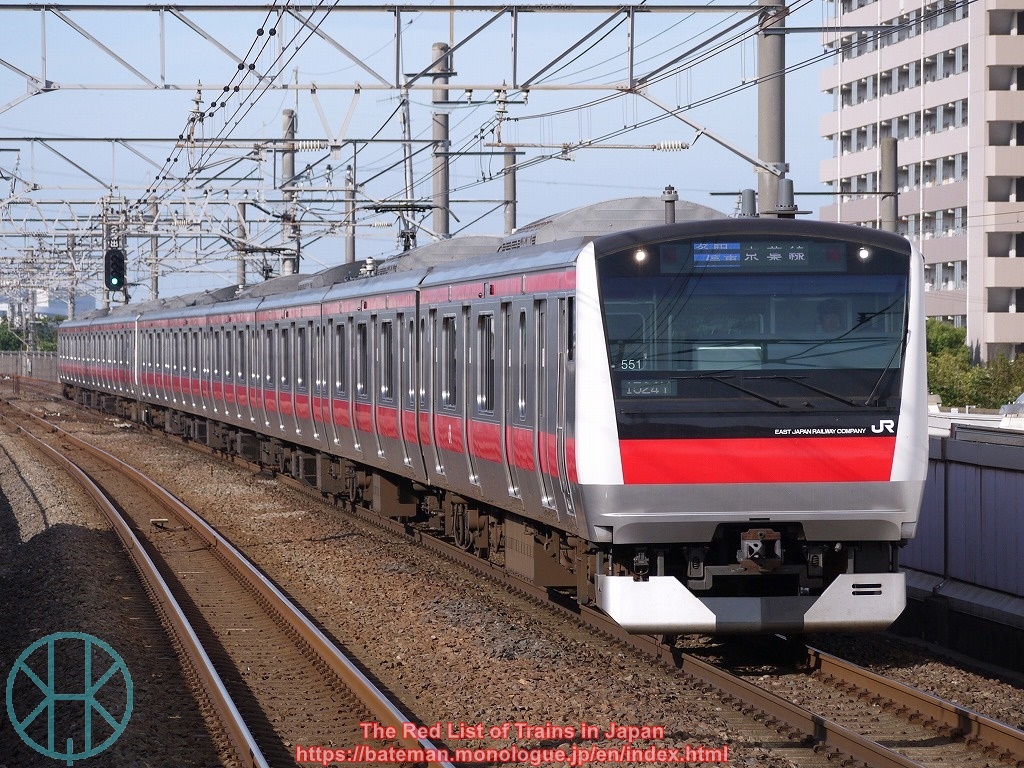
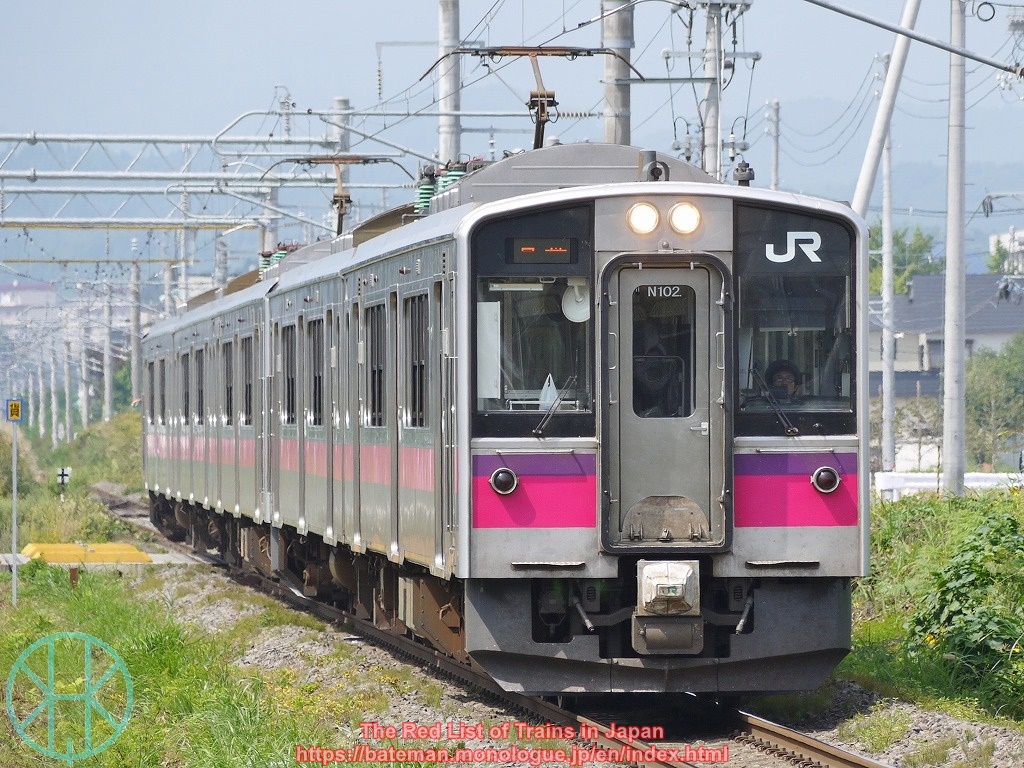
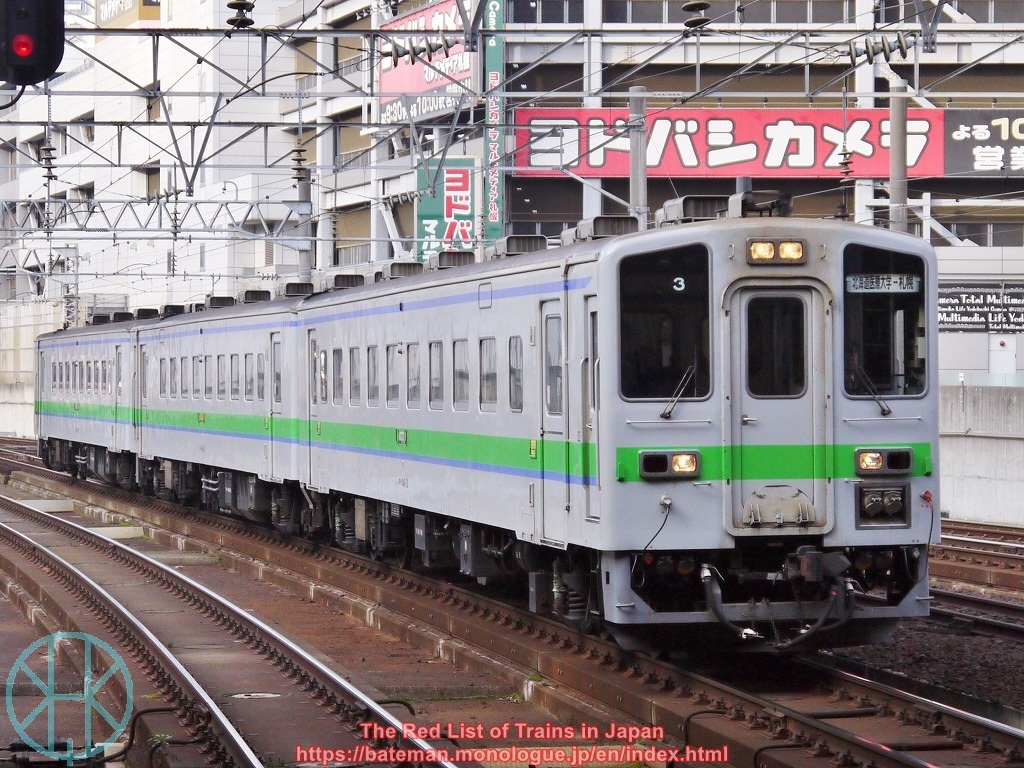
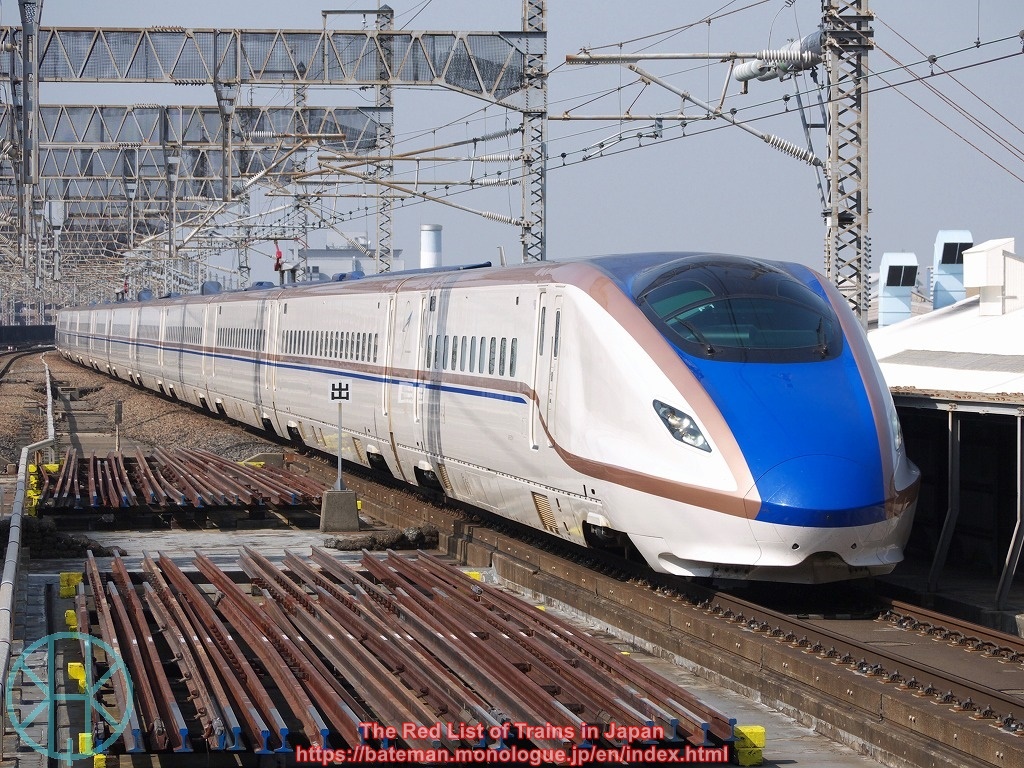
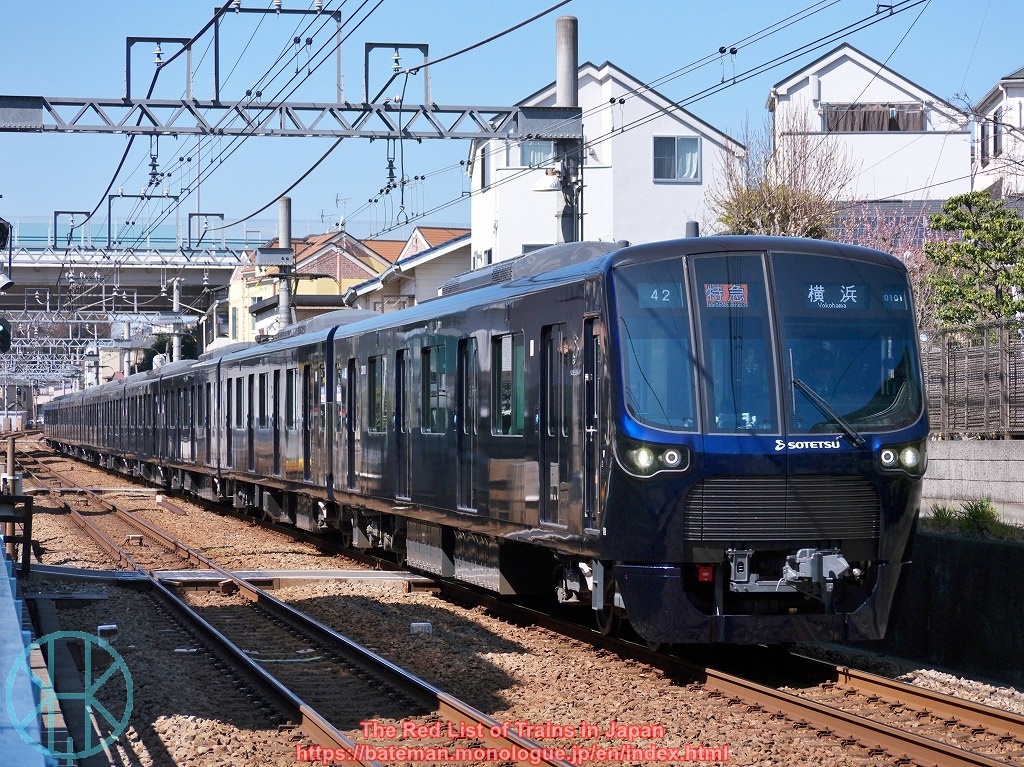


.jpg)








